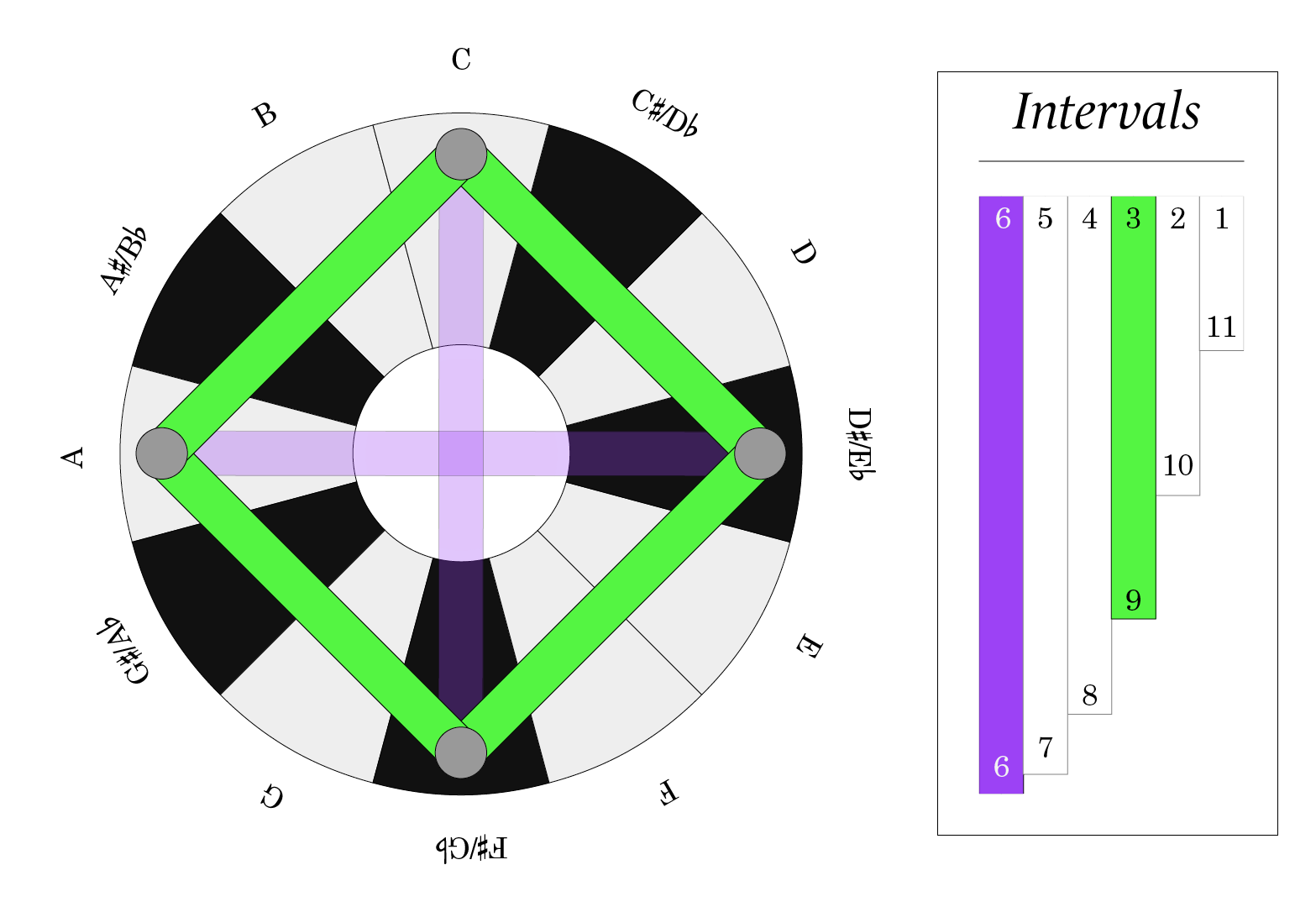
The Diminished Seventh
At times, this chord is simply a filled-out version of a diminished triad, and frequently serves the same transitional function.

At times, this chord is simply a filled-out version of a diminished triad, and frequently serves the same transitional function.
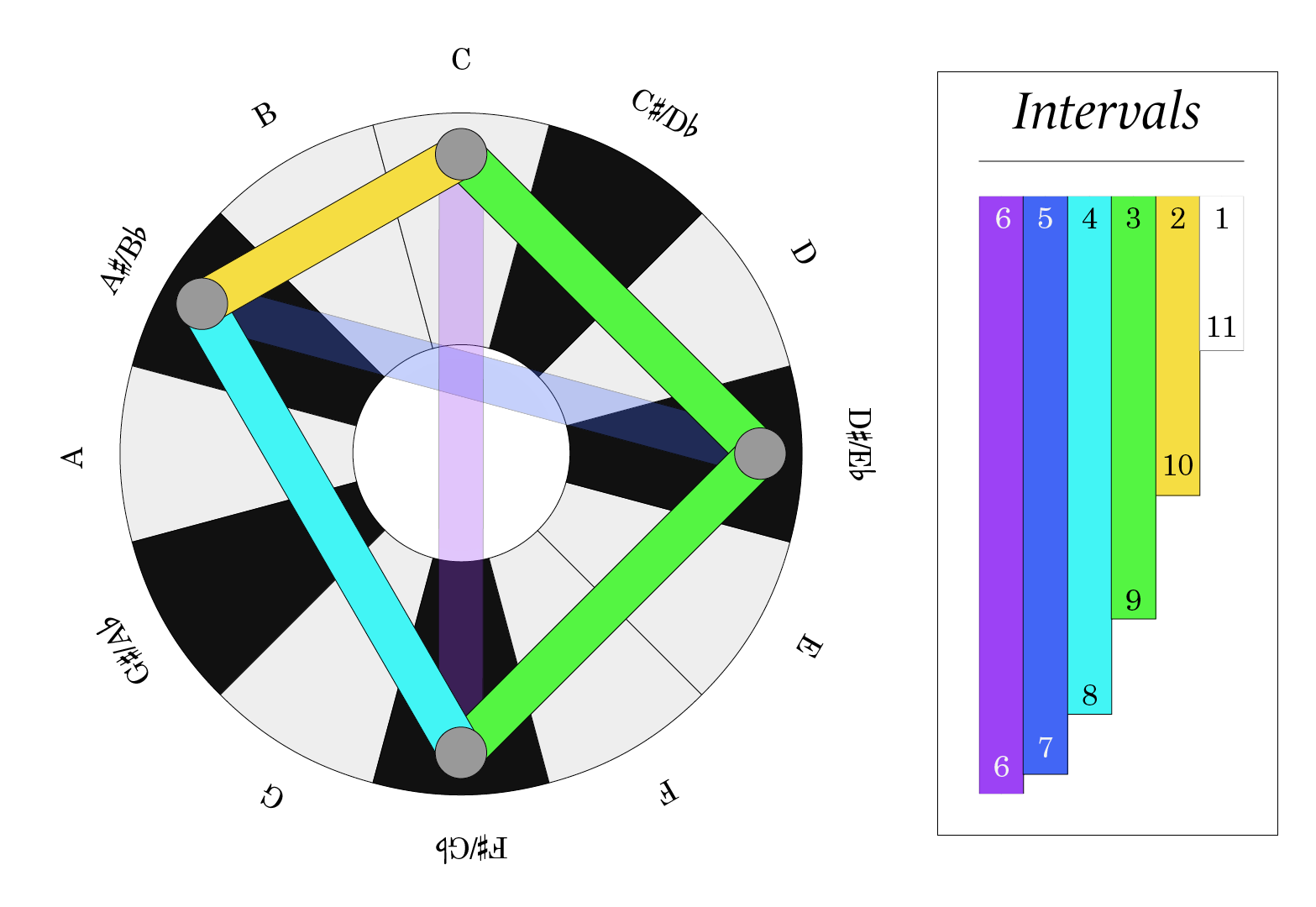
This chord is most likely to turn up in a jazz context as part of a ii-V progression leading to a minor chord (e.g. iiø7-V7alt-i).
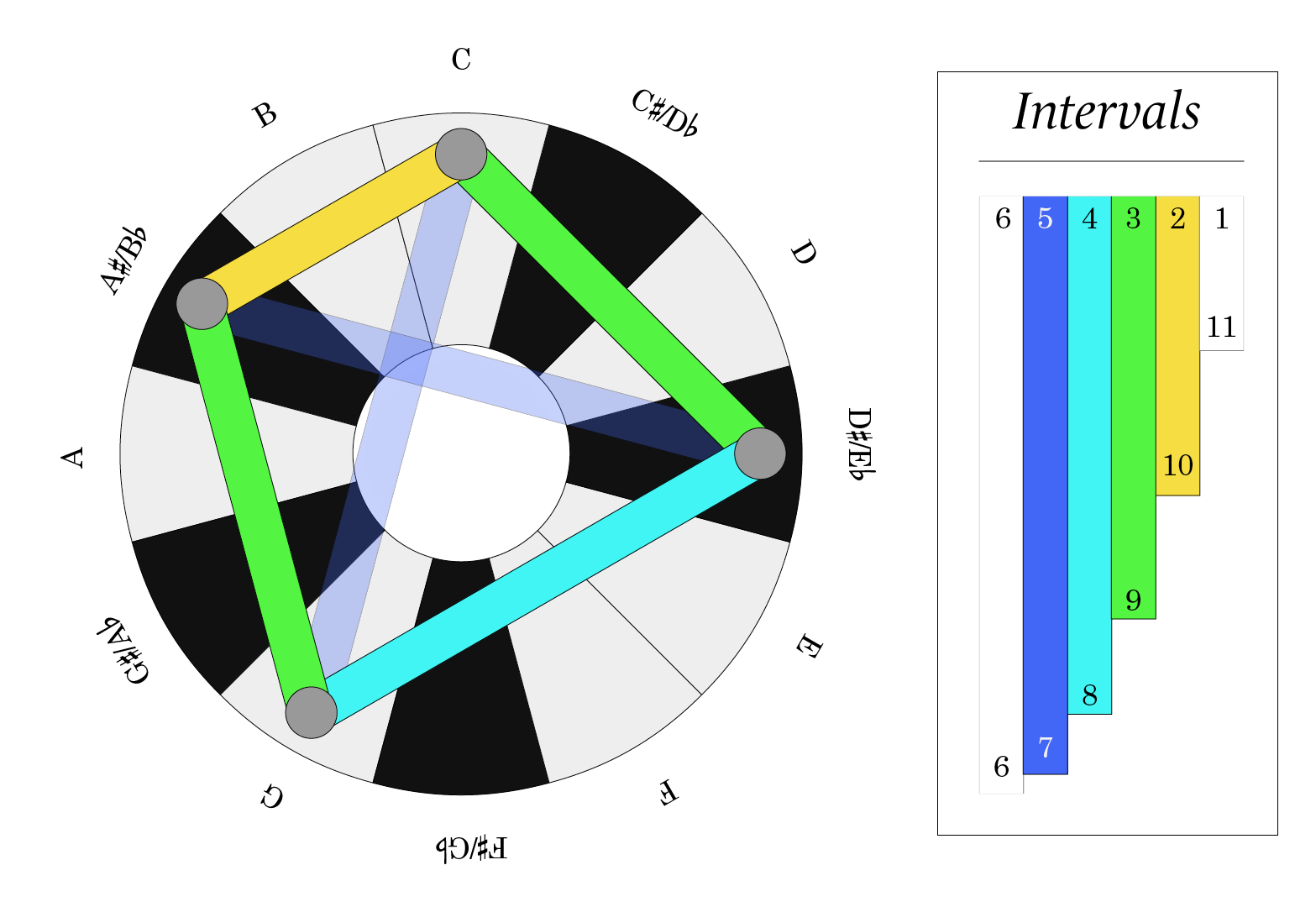
This chord serves an under-appreciated role in pop and electronic music.
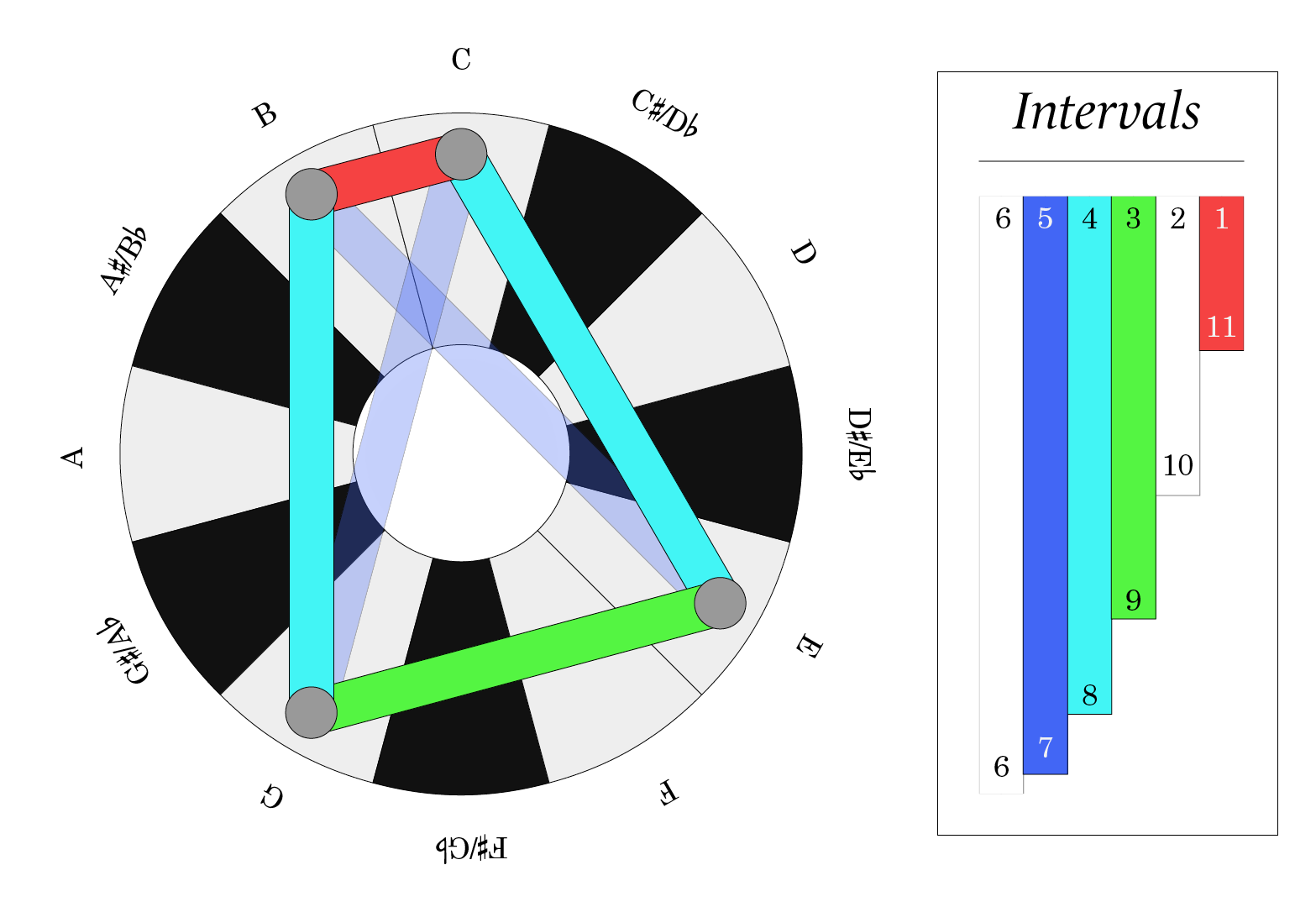
This chord often has a yearning or breathy quality and shows up in less harmonically-restricted styles of pop, as well as in limited jazz and classical contexts.
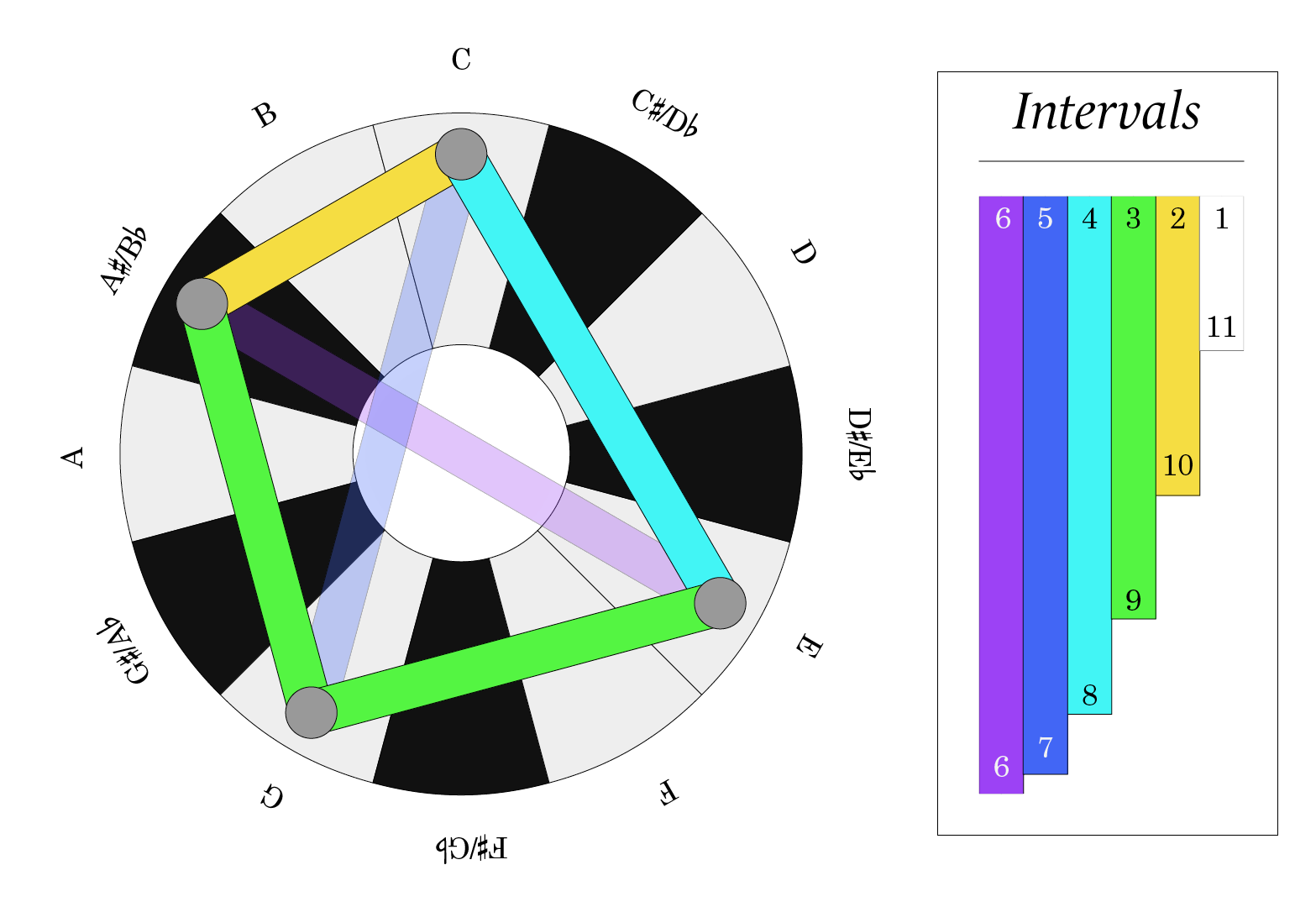
The most common four-note chord in most contexts, the dominant seventh chord shows up more frequently than either the diminished or the augmented triads.
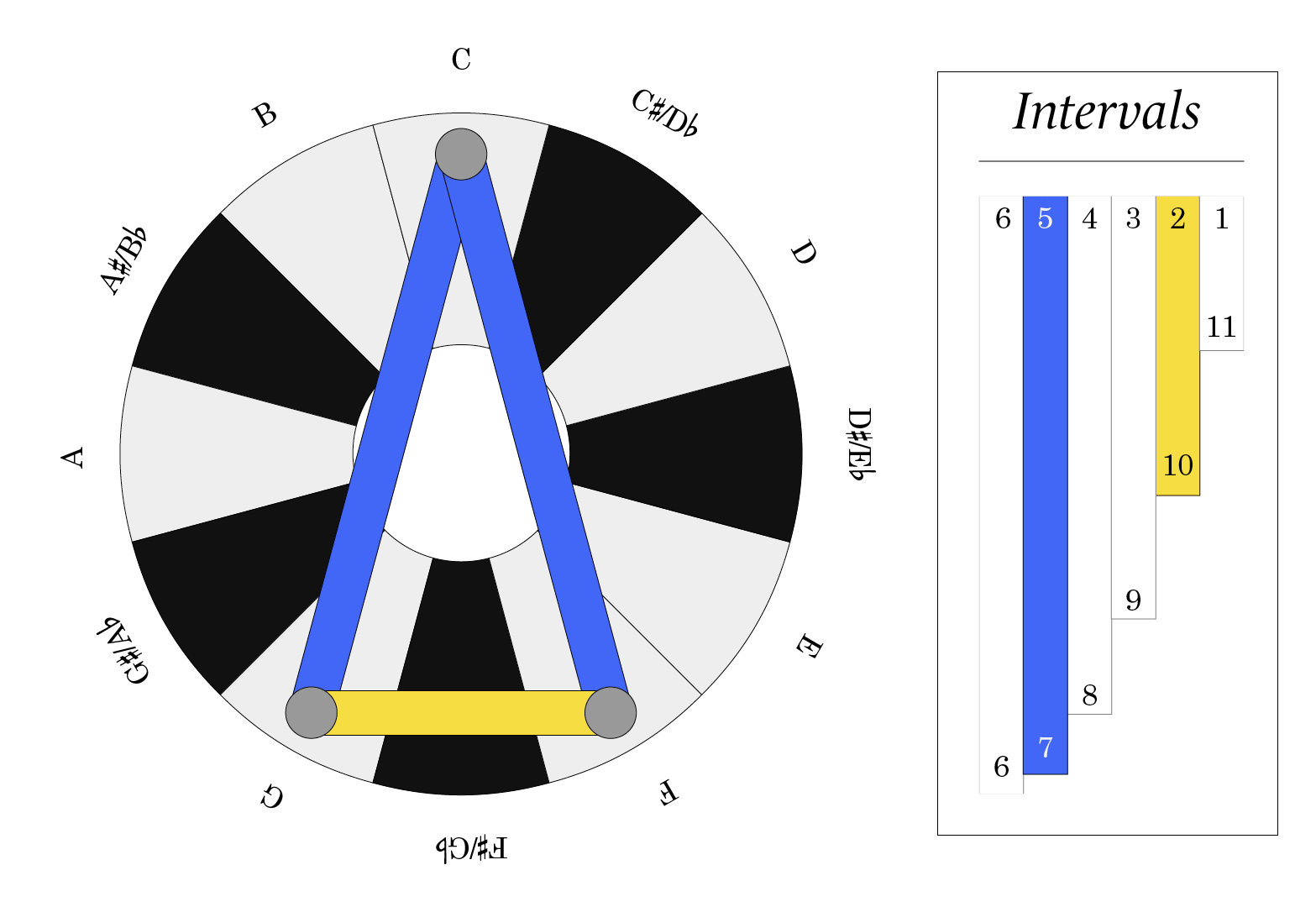
When played as a “sus2” chord or a “sus 4” chord, it can behave in one of two ways: it can serve its stated purpose by suspending resolution to a more stable chord, or it can connote the open sound of an acoustic guitar.
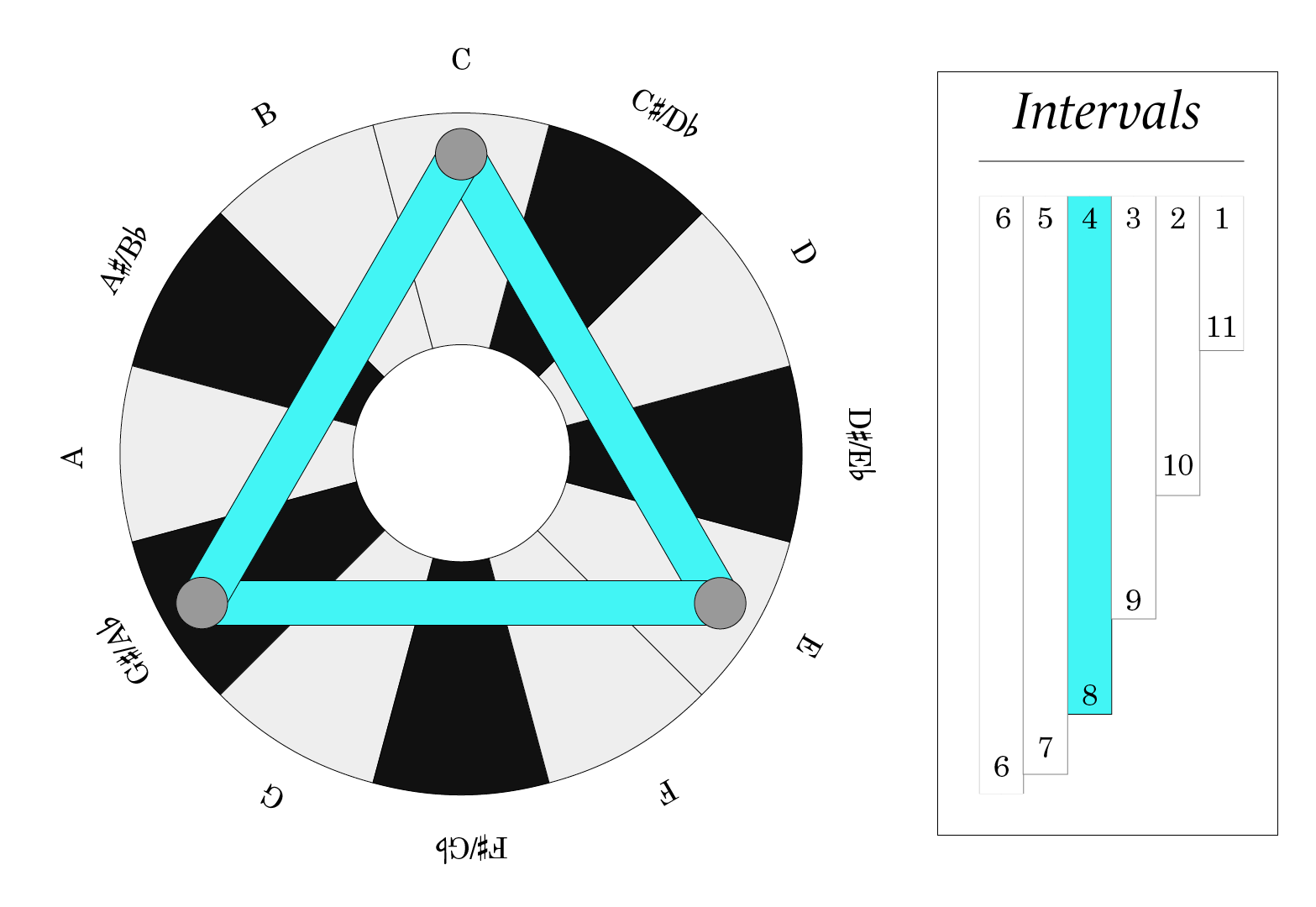
The augmented triad has the interesting quality of inverting onto itself—that is, if you take the triad in root position, and put the bottom note on the top, you get another augmented triad in root position.
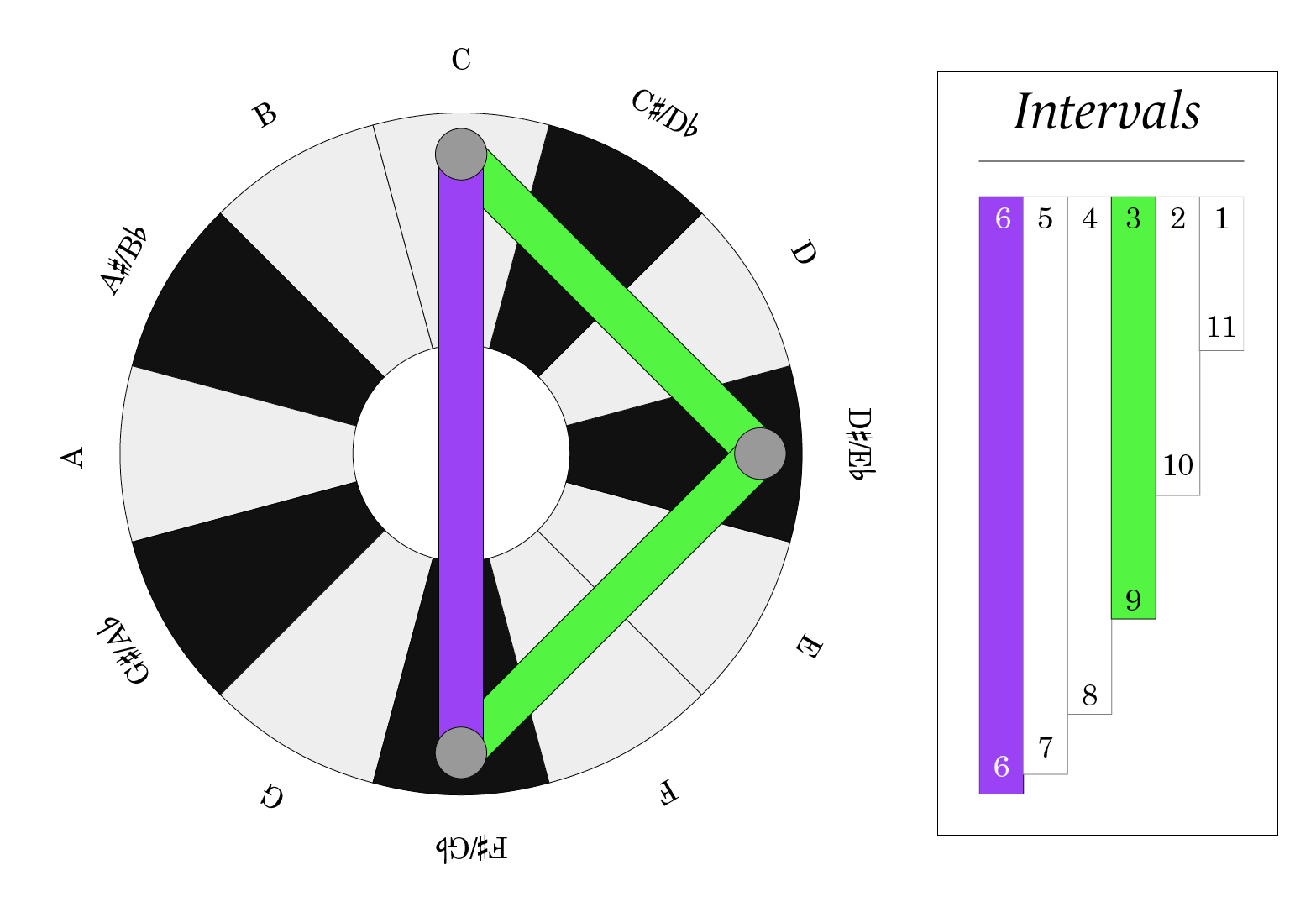
When it is used it’s frequently employed as a transitional chord, often arising out of half-step motion.
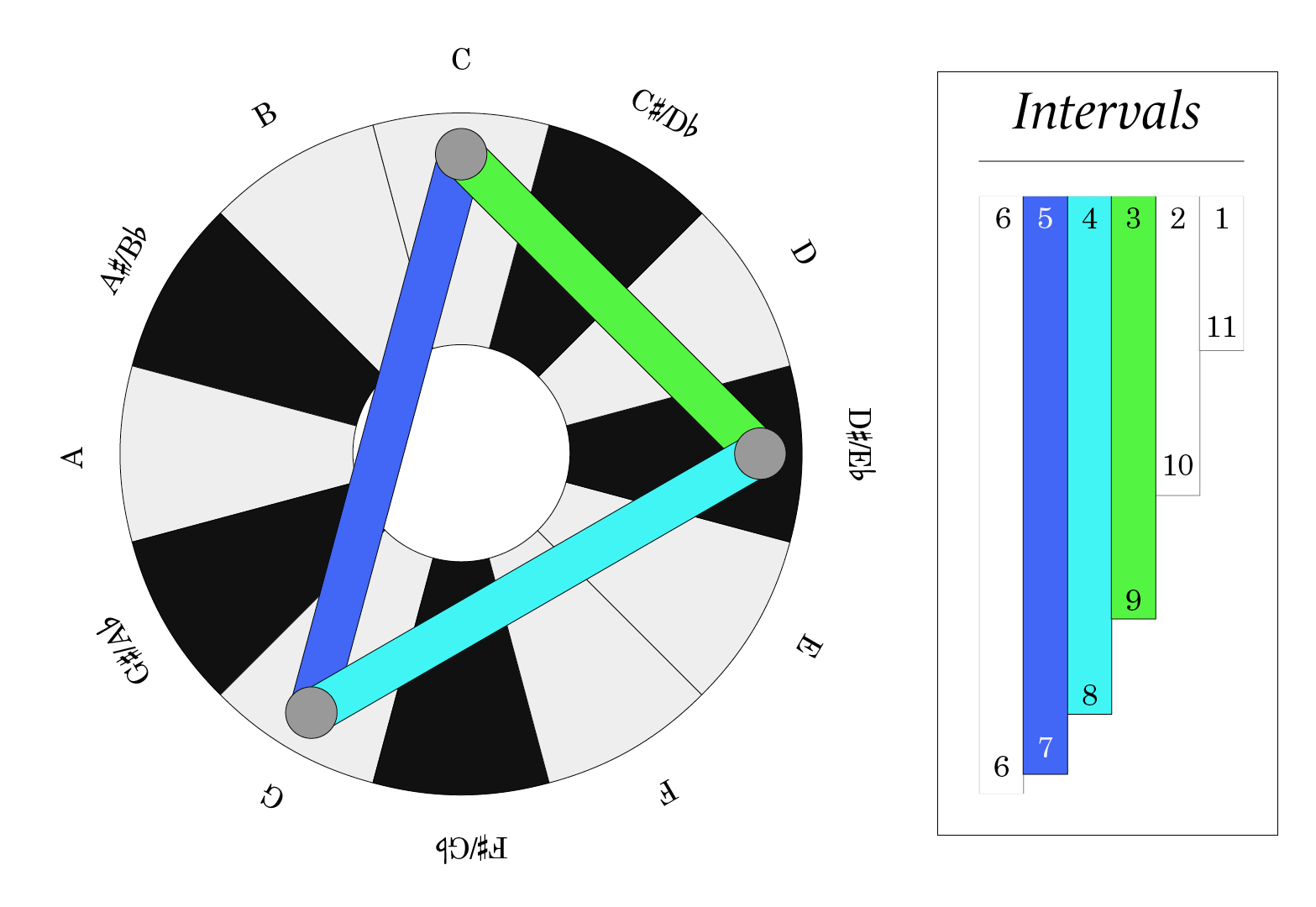
Minor has a reputation for being “sad” in relation to major’s “happy” mood. But the minor triad also shows up frequently in music of lots of different shades and characters.
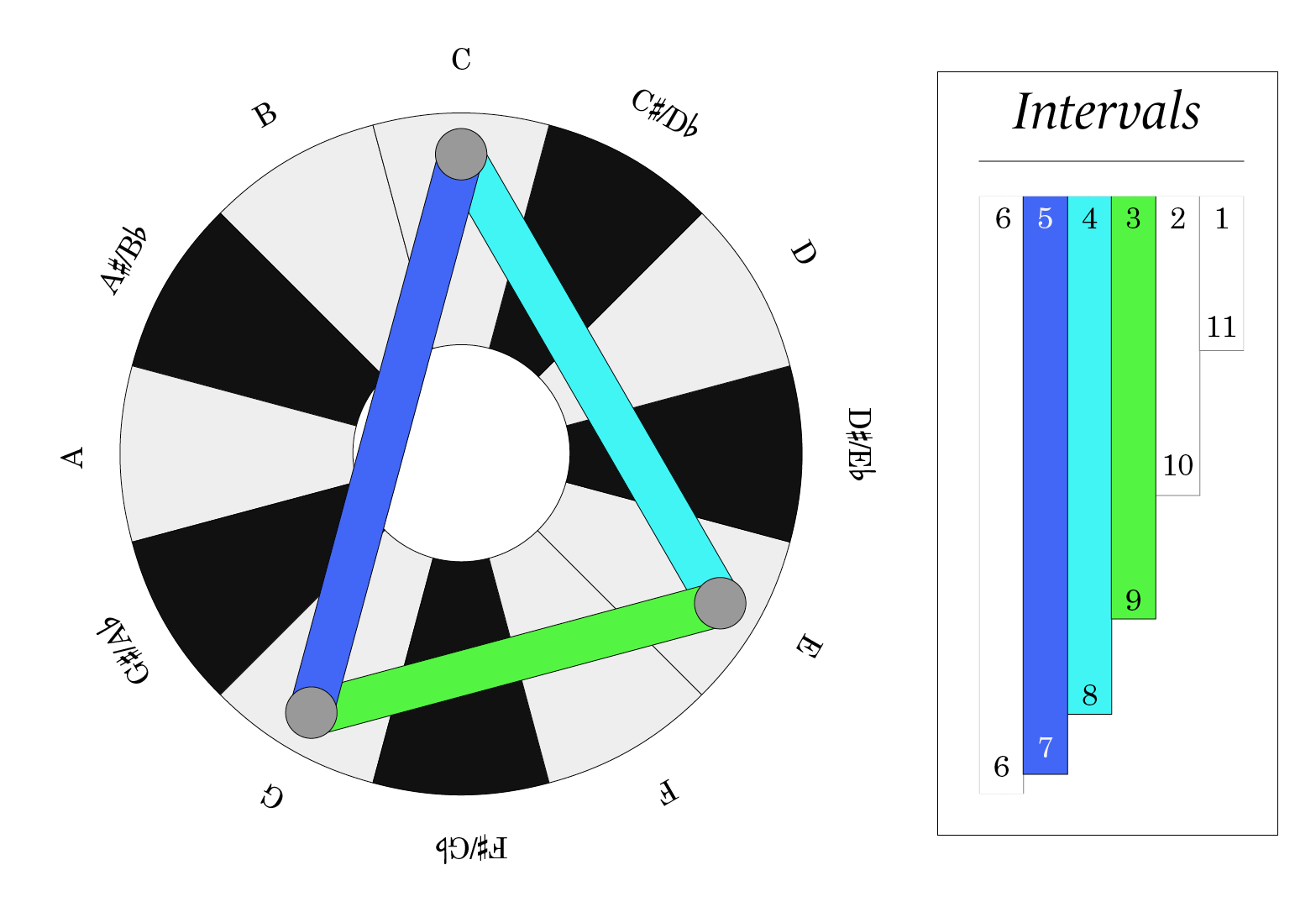
Perhaps the most widely-used chord around the world, the major triad emerges directly from the overtone series.